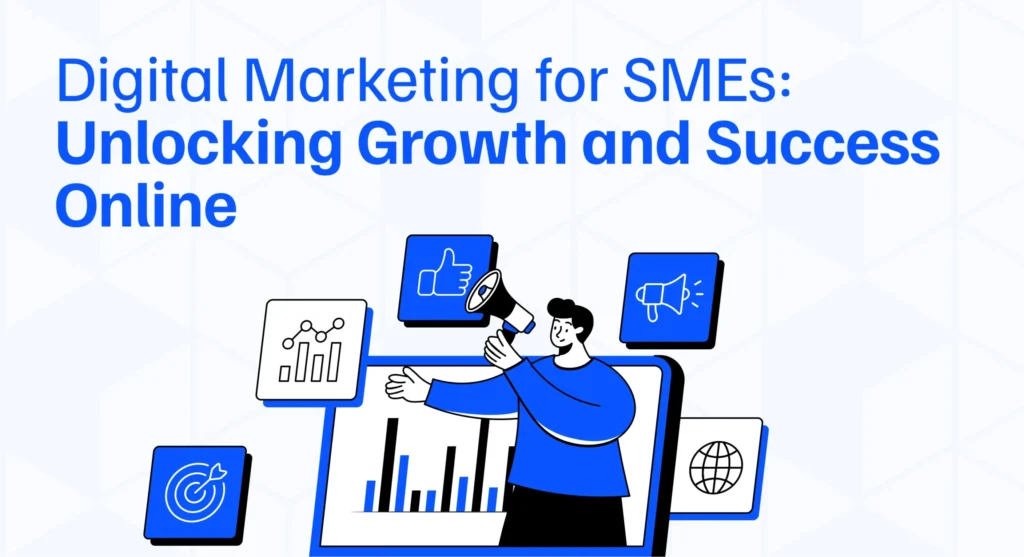The Bastardization of the Title CEO: Why Everyone and Their Dog is Now a “Chief”
Key Takeaway
- The title “CEO” used to be rare, prestigious, and associated with business giants. Today, it’s thrown around so casually that it has lost some of its weight.
- But here’s the real truth: Titles don’t make leaders – actions do. You can call yourself whatever you want, but at the end of the day, being a CEO isn’t about the name on your LinkedIn profile. It’s about vision, decision-making, and execution.
- So if you’re leading something – big or small – own your role, do the work, and let your leadership speak louder than your title. That’s what real CEOs do.
For the PDF version of this article, click here
The Origin of “CEO”: A Title for the Elite
The CEO role wasn’t always a thing. In the early 1900s, businesses were run by owners, presidents, and managing directors. The rise of large corporations led to the need for a designated leader at the very top. This person had to manage different departments, communicate with stakeholders, and set the company’s vision.

The CEO title was born out of necessity. It wasn’t a name someone gave themselves for fun – it was a position that came with experience, credibility, and responsibility. People like Henry Ford (Ford Motors), Steve Jobs (Apple), and Jack Welch (General Electric) set the gold standard for what a CEO should be: a visionary leader, a decision-maker, and the driving force of a company.
The “CEO Boom”: Why Everyone’s a CEO Now
Today, the landscape is completely different. With the internet making it easier than ever to start a business, people don’t have to wait years to get a leadership title – they can give themselves one on day one.
Several factors have contributed to this:
- Social Media Status Culture
People want to appear important. Titles like “CEO” carry power, so many entrepreneurs slap it onto their social media profiles for credibility – even if their business isn’t fully formed.
- The Startup Explosion
The rise of startups has made “CEO” a flexible term. A teenager launching a dropshipping business from their bedroom can claim the same title as the leader of a billion-dollar corporation.
- Motivational Culture & Hustle Hype
Social media influencers preach ownership and leadership. The “be your own boss” movement has encouraged more people to embrace titles that traditionally took years to earn.

- Ease of Business Formation
Unlike in the past, where it took huge amounts of capital and industry experience to run a company, today, anyone with a website and a product can start a business. This has blurred the lines between self-employed entrepreneurs and corporate executives.
While this explosion of entrepreneurship is great, it also has some side effects that we can’t ignore.
The Problem: When Titles Lose Their Meaning
Words have power. Titles carry expectations. When the title of CEO is used too loosely, it leads to:
- Confusion in Business Hierarchies
It’s often difficult to tell whether someone calling themselves a “CEO” is leading a structured business or just running a side hustle. This can create unnecessary confusion in partnerships and investments.
- Investor Skepticism
Investors and banks look at leadership when deciding where to put their money. If anyone can call themselves a CEO without actual leadership experience, it becomes harder to determine which businesses are genuinely investable.
- Workforce Misalignment
If a company has five employees and three of them are calling themselves “CEO,” who is actually making decisions? It’s easy to see how this can create leadership chaos.
- A Loss of Respect for the Role
In the past, when you heard the term “CEO,” you associated it with power, strategy, and years of expertise. Now, the title has lost some of its impact, making it harder to distinguish real business leaders from self-proclaimed ones.
The Other Side of the Coin: Is This a Good Thing?
But let’s not ignore the positives. The democratization of business titles has also led to:
- More Entrepreneurial Confidence
More people believe they can start businesses and take ownership of their work. This is a good thing.
- New Kinds of Leadership
The traditional CEO role often belonged to wealthy, corporate-trained individuals. Today, younger, more diverse entrepreneurs are claiming leadership roles and bringing fresh perspectives to business.
- Faster Business Growth
When people take on leadership roles earlier, they develop management skills faster, potentially leading to more successful businesses in the long run.
There’s no doubt that the CEO title is being used loosely, but it’s also encouraging more people to think big and take leadership seriously.
Final Thoughts: What’s the Solution?
We’re not saying people shouldn’t call themselves CEOs. Entrepreneurship is evolving, and titles are becoming more flexible. But we do need to recognize the difference between using a title for branding and actually embodying what it means to be a CEO.

Here’s what needs to happen:
- Real CEOs Need to Lead by Example
Those who hold the title need to show what true leadership looks like. It’s not just about calling yourself a CEO – it’s about accountability, strategy, and execution.
- Businesses Should Be More Transparent
If you’re a startup with one employee, be honest about it. There’s nothing wrong with being a founder or small business owner. Not everyone needs to be a CEO on day one.
Let’s Keep the Conversation Going
At Ditrop Inc and Ditrop SME, we work with business owners at different stages – helping them build, scale, and refine their operations. Whether you’re a first-time founder or a seasoned executive, our focus is on real leadership, not just titles. Check us out at ditrop.ca and sme.ditrop.ca for business solutions that actually work.












